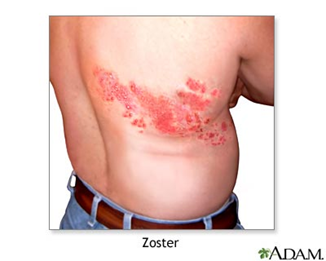Chemical burns
How you can assist
- Swiftly eliminate any tainted clothing
- Avoid contact with any chemical and further injury to the patient.
- If the element is a residue brush it off, avoiding contact; prior to cleansing with water.
- Cool the wound
- Submerge the burned region with an abundant amount of water and carry on for up to 20 minutes.
- If a chemical liquid has splashed into the eyes
- Hold the affected eyelids open to make sure water cleanses carefully under the lids to get rid of any trapped chemical.
Phone for an ambulance immediately.
Bitumen burns
If a limb or finger is implicated, keep submerging the region with icy water for up to 20 minutes. If you can, break the bitumen when it cools so it does not compress the limb.
Burns of the mouth or throat
If the casualty has been inadvertently exposed to an inferno or heated gases, harm might take place to the mouth or airway. There might be signs of burning surrounding the lips, nose, oral cavity, eyebrows or lashes.
A dehydrated cough or husky voice is an early indication of an airway injury and rapid medical assistance is vital.
How you can assist
- Take the casualty to a secure spot
- If in a small area, it is vital to move the casualty to a position free of the danger of added injury and if possible, into fresh air.
- Cool the wound
- If smoke or poisonous gases might have been inhaled – as well as carbon monoxide from a car exhaust or ammonia – take the casualty away from any sheltered or restricted vicinity into an open spot, empty running water above the burn for 20 minutes.
- If there is any breathing trouble, let the casualty find the spot enabling trouble-free breathing with the head and torso elevated.
Following an inhalation event, the casualty might experience a severe shortage of oxygen due to internal harm to the oesophagus, airway and lungs.

Phone for an ambulance.
Clothes on fire
How you can assist
- Suffocate the flames with a coat or blanket and place the casualty onto the floor to eliminate oxygen from the blazing area.
- The universal rule is to STOP, DROP and ROLL the casualty prior to examining for burns and cooling the wound.
Sunburn
- Slip into a top and into the shade between 11 a.m. and 4 p.m.
- Splash on a bit of sunscreen.
- Put on a sunhat.
- Put on a pair of shades.
How you can assist
- Cold shower or fresh running water over the burn region for 20 minutes.
- DO NOT rupture big blisters.
- Sunburn lotion can be useful for slight burns that are not harshly blistered and have no broken skin.
- Casualty should sip lots of fluid (non-alcoholic).
- Look for medical aid for large sunburns, or if the casualty is feeling ill, or if huge blisters are related with the burn.
Related Video on Burns
https://www.youtube.com/watch?v=Ns1DPvXVO6I
